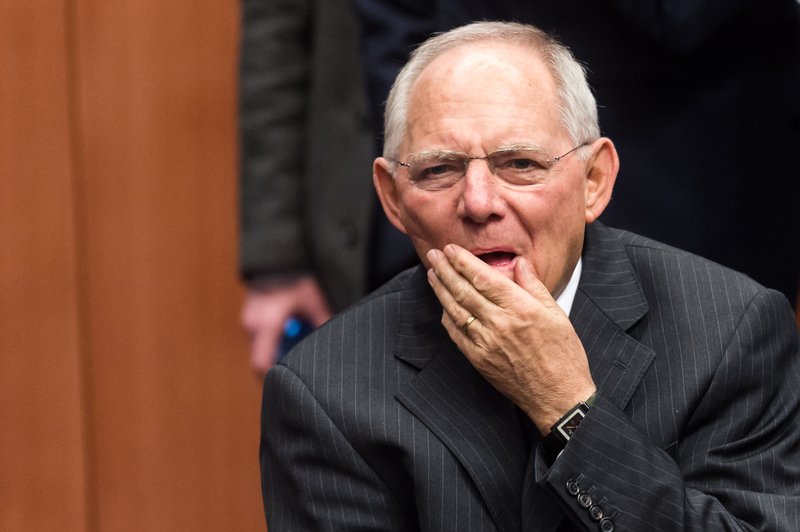LONDON -- The 19-country eurozone is in its longest stretch of economic expansion since the global financial crisis in 2008, but growth remains paltry despite a series of tail winds and is susceptible to a reverse if the worst fears in financial markets come to fruition.
The region's economy grew by 0.3 percent in the final three months of the year for the second quarter running, the European Union's statistics agency, Eurostat, said Friday.
Though the report contained few details on what drove the growth, information from individual countries suggests a rise in spending by consumers and governments offset the effects of waning global trade. That's certainly true for Germany, Europe's largest economy, where energy cost savings appeared to have buoyed consumers, and the influx of refugees prompted the government to increase spending.
The question for 2016 is whether those overarching domestic trends can offset the drag from outside the region. The global market turmoil of the past few weeks, largely stoked by worries over the Chinese economy, could seriously erode Europeans' sense of confidence and wealth.
If the markets are right, the economic outlook has darkened materially, raising fears that the eurozone recovery could swiftly go into reverse. The risks are heightened by the fact that many governments cannot spend much because of high debt, and many banks -- not just in financially troubled Italy and Greece -- are still trying to get rid of bad loans. Even Deutsche Bank, Germany's biggest, has been caught up in the market angst.
Still, the fourth-quarter increase means the eurozone has expanded for 11 consecutive quarters, its longest sequence since 2008, when the financial crisis slowed the global economy. The fourth-quarter rise also bested the 0.2 percent growth recorded in the U.S., according to Eurostat.
As a result, the eurozone economy ended last year 1.5 percent bigger, its highest annual expansion since 2011, when it bounced back from the financial-crisis-induced recession.
The region's top three economies -- Germany, France and Italy -- saw unspectacular growth of 0.3 percent, 0.2 percent and 0.1 percent, respectively. Italy has become an increasing source of concern over recent weeks as its banks remain lumbered with a huge amount of bad loans that limit the ability of the financial sector to lend to the wider economy.
"The soft end to the year in several of the 'core' countries is likely to cement concerns about negative spillovers from abroad," said Timo del Carpio, European economist at RBC Capital Markets.
It's not just the big economies stoking worries. Two eurozone countries also sank back into recession -- officially defined as two consecutive quarters of negative growth. Finland saw output shrink by 0.1 percent while Greece's contracted by 0.6 percent as the country's economy remains choked by a raft of controls on money flows introduced at the height of its latest fight with bankruptcy last summer.
Business on 02/13/2016
